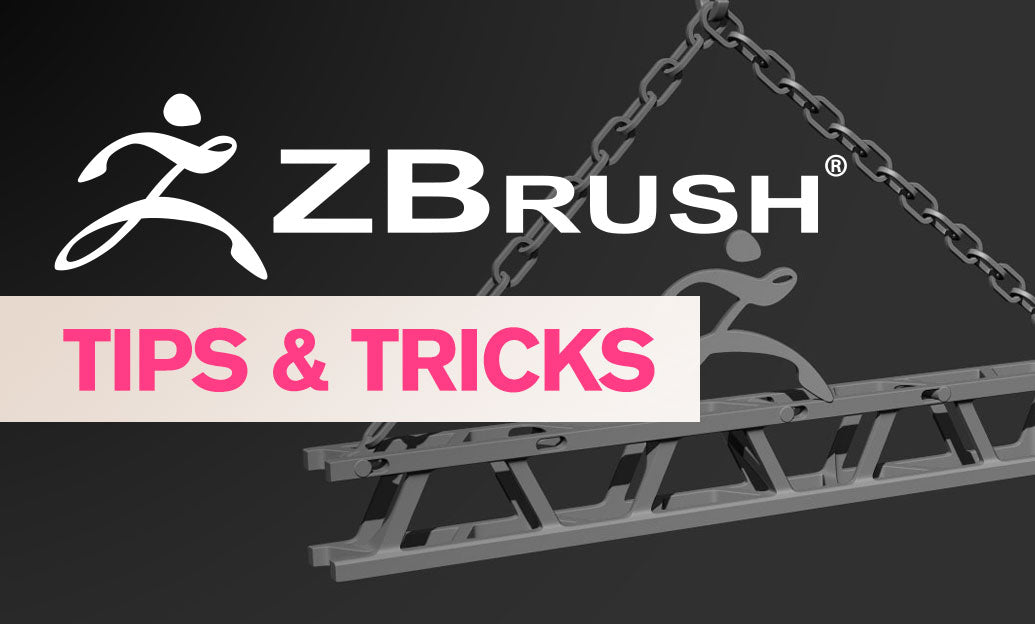Your Cart is Empty
Customer Testimonials
-
"Great customer service. The folks at Novedge were super helpful in navigating a somewhat complicated order including software upgrades and serial numbers in various stages of inactivity. They were friendly and helpful throughout the process.."
Ruben Ruckmark
"Quick & very helpful. We have been using Novedge for years and are very happy with their quick service when we need to make a purchase and excellent support resolving any issues."
Will Woodson
"Scott is the best. He reminds me about subscriptions dates, guides me in the correct direction for updates. He always responds promptly to me. He is literally the reason I continue to work with Novedge and will do so in the future."
Edward Mchugh
"Calvin Lok is “the man”. After my purchase of Sketchup 2021, he called me and provided step-by-step instructions to ease me through difficulties I was having with the setup of my new software."
Mike Borzage
Rhino 3D Tip: Optimizing Workflow in Rhino 3D with Custom Keyboard Shortcuts
October 14, 2025 3 min read

One of the quickest methods to optimize your workflow in Rhino 3D is setting up custom keyboard shortcuts. With a few simple steps, you can streamline your design process, minimize repetitive command searching, and remain focused on creativity. Adopting these shortcuts means less time navigating menus and more time refining your models.
To begin, load the Options panel, navigate to the Keyboard or Aliases section (depending on your version of Rhino), and look for ways to customize or create new shortcuts. A small tweak now can save you thousands of keystrokes over time, allowing you to concentrate on crafting precise, high-quality designs.
Consider the following points when defining your custom shortcuts:
- Command Frequency: Identify the commands you use most frequently and assign them to convenient shortcuts. This helps you access them without breaking your creative flow.
- Logical Grouping: Group related commands under similar key sequences or predictable patterns (for example, commands dealing with curves might start with “C”). This reduces the mental load of remembering arbitrary shortcuts.
- Avoid Conflicts: Check existing mappings to ensure you don’t overwrite a valuable default shortcut or inadvertently create duplicate key bindings. Consistency is paramount.
- Use Modifier Keys: Incorporating Shift, Ctrl, or Alt into your shortcuts can significantly expand the options without cluttering your single-key assignments.
- Document Your Shortcuts: Keep a written note or a quick reference chart for newly assigned shortcuts. This helps reinforce muscle memory and makes it easier to adopt new habits.
Once you’ve settled on a strategy for which commands to shortcut, test them out on a variety of projects. It’s common to refine your shortcuts over time as you discover more efficient groupings or realize certain commands demand a more convenient location. Don’t hesitate to experiment—customizing shortcuts is all about crafting a setup that resonates with your own design style and specific workflow.
If you’re looking to expand your knowledge further and tackle a range of advanced Rhino 3D customization techniques, check out NOVEDGE. Their resources offer specialized insights into best practices, add-ons, and other workflow optimizations that can complement your new keyboard shortcuts. In addition, NOVEDGE often provides webinars and training sessions where you can learn from experts in real time.
For design teams working together, consider creating a standardized shortcut map that all members can adopt. This uniform approach fosters smoother collaboration, particularly when sharing files and performing peer reviews, as everyone is on the same page navigation-wise. Similar to standardizing layer naming conventions or dimension styles, customizing and syncing shortcuts is an integral part of a professional design practice.
It’s also worth noting that by personalizing your command inputs, you’re less dependent on the default user interface. Over time, you’ll spend less of your creative energy scanning menus or searching for icons, and more time iterating through design ideas. This agile approach is especially important when meeting deadlines or adjusting to rapidly evolving project requirements.
Whether you’re a seasoned Rhino user or just getting started, implementing these custom shortcuts will provide noticeable improvements in efficiency. Keep fine-tuning your key assignments, stay open to experimentation, and allow these shortcuts to become second nature. For more guidance on fully unlocking Rhino 3D’s potential, be sure to consult the wide array of resources at NOVEDGE and stay at the forefront of professional CAD techniques.
You can find all the Rhino products on the NOVEDGE web site at this page.
Also in Design News

Cinema 4D Tip: Optimizing Workflow with Selective Keyframing in Cinema 4D
October 15, 2025 3 min read
Read More
Bluebeam Tip: Maximizing Efficiency with Bluebeam Revu's Text Box Tool for Clear and Impactful PDF Annotations
October 15, 2025 2 min read
Read More
ZBrush Tip: Enhance Your ZBrush Workflow with the Curve QuadFill Brush
October 15, 2025 2 min read
Read MoreSubscribe
Sign up to get the latest on sales, new releases and more …


